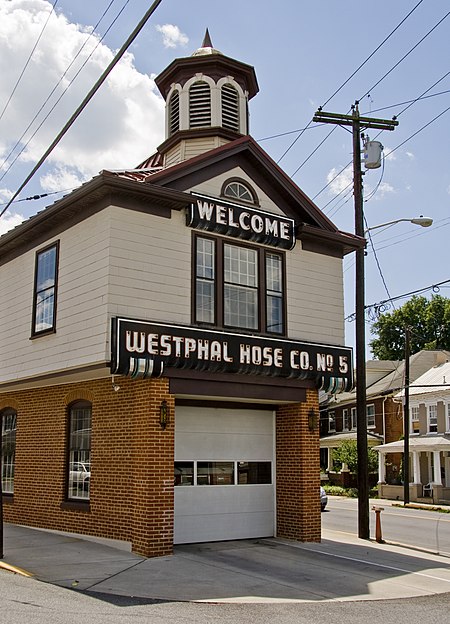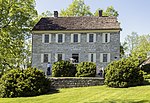East Martinsburg Historic District

The East Martinsburg Historic District is associated with the growth of Martinsburg, West Virginia during the 1850s, when the development of the Baltimore and Ohio Railroad brought German and Irish settlers to the area. The district includes areas known as Buena Vista, Chevally City, St. Vincent, Hooge's Addition, Small's Addition, Carver's Addition, Mohler's Addition, Strinesville and East Strinesville. The oldest sections of the district have concentrations of pre-Civil War buildings in the Greek Revival style, while later sections include Gothic Revival, Queen Anne and Classical Revival buildings.The district was listed on the National Register of Historic Places in 1980.
Excerpt from the Wikipedia article East Martinsburg Historic District (License: CC BY-SA 3.0, Authors, Images).East Martinsburg Historic District
Albert Street, Martinsburg
Geographical coordinates (GPS) Address Nearby Places Show on map
Geographical coordinates (GPS)
| Latitude | Longitude |
|---|---|
| N 39.461111111111 ° | E -77.955277777778 ° |
Address
Albert Street 498
25404 Martinsburg
West Virginia, United States
Open on Google Maps










